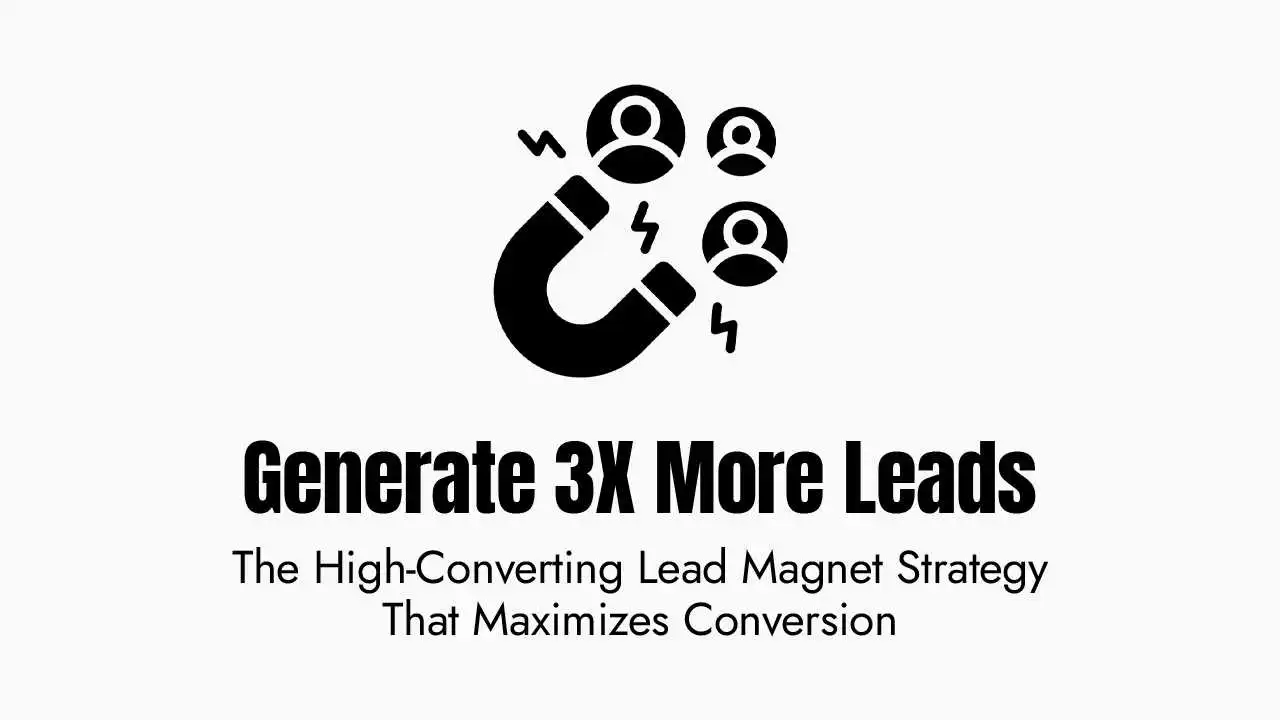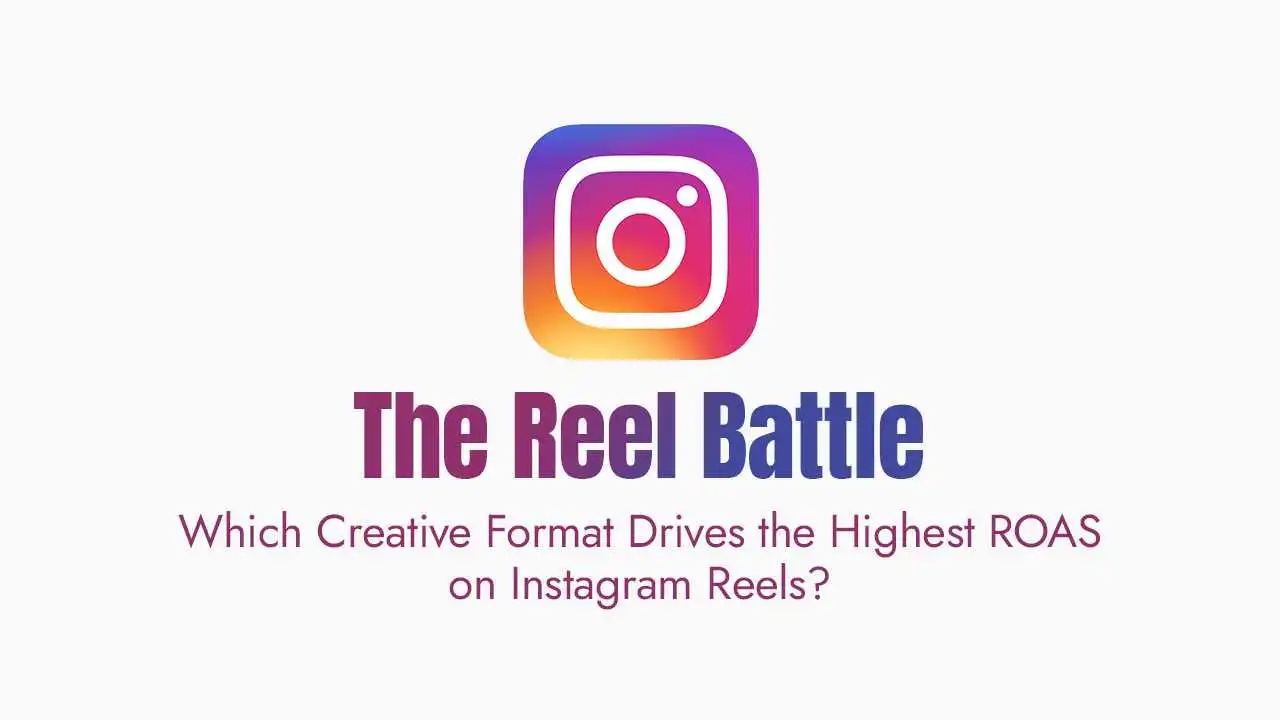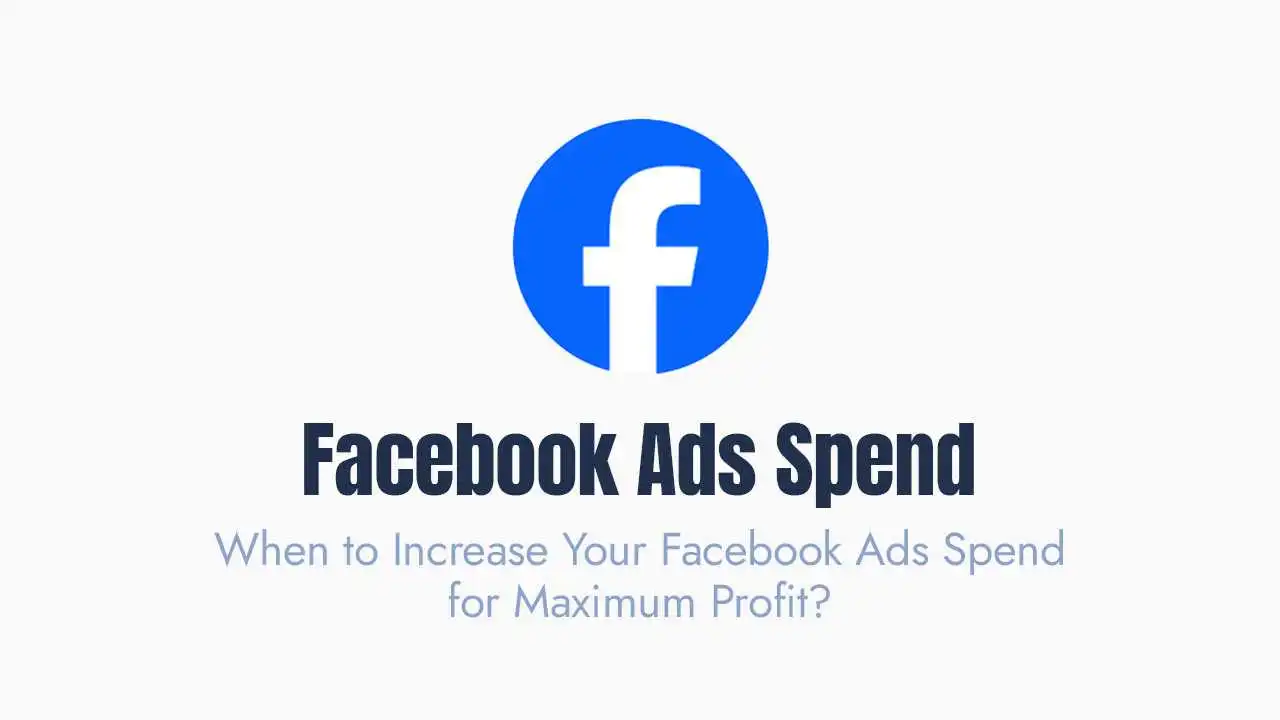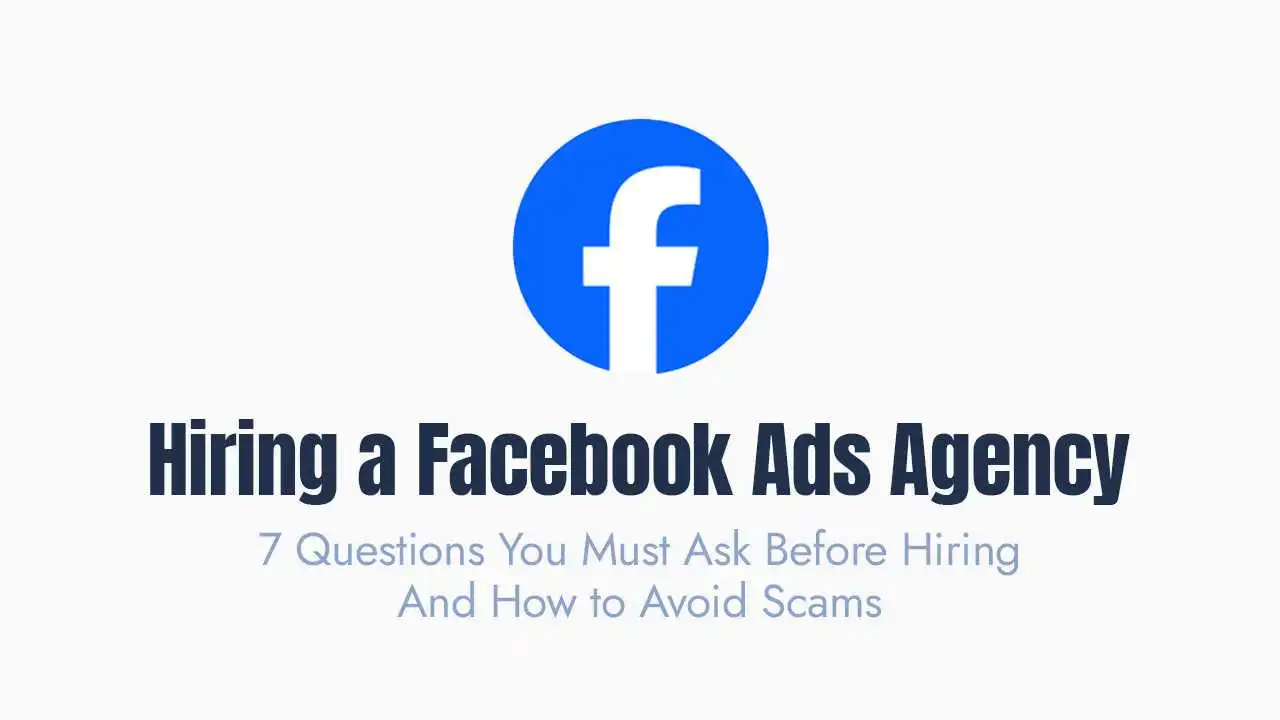Most businesses are currently sending valuable traffic to their websites and immediately asking visitors to buy something or submit for a quote. This classic approach fails because the vast majority of visitors aren’t ready to buy yet, leading them to leave and never return.
The objective of that first interaction—whether “submit for a quote” or “book a call”—is fundamentally a lead capture objective. By shifting focus away from the immediate sale toward lead capture through a high-value mechanism, businesses can dramatically increase the number of customers they have access to, potentially getting three to five times more people to raise their hand.
This strategy does not require increasing advertising spend; it works by converting a higher percentage of existing traffic. This principle has generated millions of dollars across portfolio companies that did over $250 million in aggregate revenue.
Why Traditional CTAs Fail?
Traditional Calls to Action (CTAs) like “Book a Call” or “Submit for a Quote” only work effectively if you already have an informed, warm audience that knows your value. If the traffic is cold or lukewarm, you need a better reason for them to give their contact information.
The core shift is recognizing that the initial objective is not the sale, but lead capture. The magic happens when you offer undeniable value upfront, because when someone invests time now, they are more likely to pay with money later. We want them to make a lower-barrier investment first, which increases the likelihood of a higher investment later.
What is a High-Converting Lead Magnet
A high-converting lead magnet is essentially a mini offer that provides a complete solution to a narrow problem. This mini-offer is typically lower cost or free and serves to identify prospects who are interested.
The goal is to solve that specific, narrow problem, which then immediately reveals another problem that is solved by your core, paid offer. This ensures that leads interested in the free offer now are more likely to buy the related, higher-cost offer later.
The overarching principle: You must sell at the point of greatest deprivation. If you satisfy the core need with the free offer (like giving them water until they are no longer thirsty), they won’t buy the core product. You must solve a problem that leads the prospect to be deprived of the solution your core product provides.
The 3 Core Types of Lead Magnets That Work:
Effective lead magnets generally fall into three categories:
Type 1: Reveal a Problem (The Deprivation Engine)
Goal:
To tell the prospect about a problem they didn’t know existed, or to tell them how bad their existing problem is.
Method:
This immediately increases the deprivation between their current negative state versus the solved future state.
Bonus Points:
Do not only state the problem, but also show what the solved state could look like and the cost (the delta) of waiting.
Urgency:
This works exceptionally well for problems that get worse while waiting (e.g., posture analysis, termite inspections, or financial audits) because the deprivation increases every second after they find out.
Type 2: A Free Trial (The Taste Test)
Goal:
Give a sample or small piece of something much bigger, lowering the barrier for entry.
Mechanism:
You want the trial period to establish a dependency, so that when the solution is removed, deprivation is created, motivating them to convert.
Implementation:
Typically, you limit some aspect of the product or service, such as the number of uses, the quantity, or the time frame (e.g., an X-day trial).
Type 3: One Step of Many (The Necessary Precursor)
Goal:
Offer the first step of a complex, multi-step process, where that single step is worthless or incomplete on its own, necessitating the purchase of the remaining steps.
Examples:
If a service takes six to eight sessions for complete results (like laser hair removal), the first session is the lead magnet.
Where to Put It?
A high-converting lead magnet is useless if it’s buried. Its success hinges on its placement. To truly maximize the conversion of your existing traffic, you must integrate the mini-offer at every high-traffic choke point in your funnel.
Homepage Above the Fold:
Replace your standard “Contact Us” or “Request a Demo” button with the lead magnet CTA. Visitors who aren’t ready for a demo will now give you their email instead of bouncing.
Exit Intent Pop-Up:
When a visitor is about to leave, deploy the lead magnet. This turns a guaranteed lost lead into a captured email address.
Blog Post Callouts:
Integrate contextually relevant lead magnets within your educational content.
Header Bar Sticky Banner:
Use a persistent, top-of-page banner that links directly to the lead magnet landing page.
4 Powerful Ways to Deliver Your Lead Magnet:
Once the concept is defined, it must be delivered efficiently:
Delivery Method 1: Software or Tools
Examples:
Dynamic spreadsheets that calculate outcomes, assessment tools, or templates.
Application:
Tools can be used to fulfill the other lead magnet types; for example, software can be used to reveal a problem (like a website speed test that collects information on the back end).
Delivery Method 2: Information
Value:
This is a classic, highly scalable method that provides tremendous value and creates deprivation.
Examples:
Mini-courses, expert interviews, or guides.
Delivery Method 3: Services (The Goodwill Builder)
Cost vs. Value:
This method involves doing work for free to create significant goodwill. The hard cost might be low, but the perceived value is much higher.
Goal:
Provided the expected revenue from a customer is significantly more than the cost to acquire them, this is a worthwhile strategy.
Delivery Method 4: Physical Products
Physical items, such as books or specialized merchandise, can function as lead magnets, often tied to a specific qualification requirement.
Eliminating "Tire Kickers" Through Ruthless Qualification:
If your lead magnet is a high-touch service (like a free audit), you must not give it to everyone. Qualification is your necessary filtration mechanism.
This is how to operationalize advanced lead qualification for B2B success:
Define the Ideal Prospect:
They have the budget, the authority to decide, they clearly need the service, and they want to act now.
Add Qualifying Gates:
Embed a mechanism, such as a drop-down menu or short form, that forces the user to provide information demonstrating qualification before receiving the good thing.
B2B Gate Examples (The Litmus Test):
Ask questions like, “What is your company’s approximate annual revenue?” (Filters out broke businesses) or “Are you an executive with purchasing authority?” (Filters for authority).
Use Redirection:
Redirect qualified prospects to the high-value lead magnet (e.g., the free audit) and direct non-qualified people to a different, less resource-intensive offer (like a simple PDF guide).
How to Name Your Lead Magnet?
The naming or packaging of your lead magnet is massive for conversion. You can increase the number of people who want your lead magnet by 2, 3, or even 10 times simply by changing the headline, without changing the contents.
The secret is to focus on advertising the result, not the vehicle (the process or steps). For instance, “Big Booty Boot Camp” is often more effective than “Six-Week Deadlift and Squat Seminar” because it advertises the desired outcome.
To find the highest-converting name, you must test the wrapping.
Proven Naming Conventions to Test:
Number + Outcome + Time Frame:
Example: Three emails that can turn cold leads into clients in 24 hours.
How to do X (yay) without Y (boo):
Example: How to build a funnel without hiring a copywriter.
X Mistakes (that prevent Good Thing):
Example: Four mistakes that are keeping your business under a million dollars a year.
Operationalizing the Call to Action:
Most businesses fail after creating a great lead magnet because they forget the call to action. You must clearly define what you want people to do after they consume your lead magnet.
Furthermore, research shows that sales people who ask the most times get the most deals. In your marketing, you must ask repeatedly. The key to asking frequently without turning someone off is to continually provide value between your asks. You need to increase your “value per second” so that people are willing to hear the next ask because they just received value.
The formula for an effective CTA is straightforward:
Clear, direct CTA:
Be clear, not clever, about what you want them to do.
Exact Next Action:
Tell them precisely what step to take.
Reason to Do Now:
Incentivize immediate action using urgency, scarcity, or both.
By giving value first, naming your offering compellingly, filtering for qualified prospects, and embedding clear CTAs before and after consumption, you dramatically increase the likelihood of conversion.
Stop Reading. Start Converting.
You now know the exact framework the top portfolio companies use to turn wasted traffic into 3X more qualified leads. The strategy is proven; the only question is whether you have the time, capacity, and expertise to implement this ruthless qualification and high-deprivation funnel on your own.
If you’re ready to skip the implementation headache and have our team build a complete, high-converting lead magnet strategy designed to maximize conversion from your existing traffic, there is only one next step.
Frequently Asked Questions (FAQs):
1. How long should it take to see results after implementing a high-converting lead magnet?
The speed of results depends heavily on your current traffic volume and the quality of your testing. If you have an established traffic source (paid ads or high organic traffic), you should be able to run A/B tests on your lead magnet headlines and CTAs immediately. Within the first 30 days, you should have enough data to determine which lead magnet type and positioning yields the highest conversion rate, leading to a noticeable increase in qualified leads captured. For businesses starting with lower traffic, it may take 60-90 days to gather sufficient data for optimization, but the rate of conversion will climb almost instantly once the magnet is implemented.
2. Can a lead magnet work if my product or service is highly specialized or complex (e.g., enterprise software)?
Absolutely. For highly specialized or complex B2B offerings, the lead magnet must focus on solving a critical prerequisite problem (Type 3: The Necessary Precursor) or revealing an unknown risk (Type 1: The Deprivation Engine). For instance, an enterprise software company shouldn’t offer a generic e-book; instead, they should offer a “Free System Compatibility Audit” (Service/Tool) or a “Security Compliance Gap Analysis” (Reveal a Problem). This approach immediately identifies prospects operating at the highest level of deprivation—those who need the complex solution the most—making the conversion process highly targeted and efficient.
3. What is the biggest mistake businesses make when creating a lead magnet?
The single biggest mistake is making the lead magnet too broad or, conversely, making it too much of a solution. A broad topic (like “The Ultimate Guide to Marketing”) appeals to everyone, which means it qualifies no one, attracting non-buyers. Making it too much of a solution (giving away the complete answer to the core problem) satisfies the prospect, eliminating the necessary deprivation required for them to purchase your paid service. Your lead magnet must be a specific, quick-win solution that inherently creates a next problem only your core offer can resolve.
4. How do I decide whether to use an Information-based or a Service-based lead magnet?
The decision should be based on your business model, capacity, and average customer value (ACV). Information-based magnets (guides, checklists, mini-courses) are highly scalable and have zero operational drag, making them ideal for high-volume, lower ACV products or for filtering the very top of the funnel. Service-based or high-touch magnets (audits, free sessions) require significant time investment and should only be used if your ACV is high enough to justify the effort, and, crucially, only after the prospect has passed a ruthless qualification gate.
5. After the lead is captured, what is the best way to transition them to the paid offer?
The transition must continue the journey of deprivation. Immediately after the lead consumes the magnet, your follow-up sequence (usually email or direct outreach) should highlight the “cost of inaction” or the “next inevitable problem” revealed by the lead magnet. If you gave them an audit (Type 1), the follow-up must stress how much money they are losing every day by not implementing the audit’s findings. The goal is to keep the momentum going by continuously providing value while simultaneously raising the emotional stakes for purchasing your core solution.





